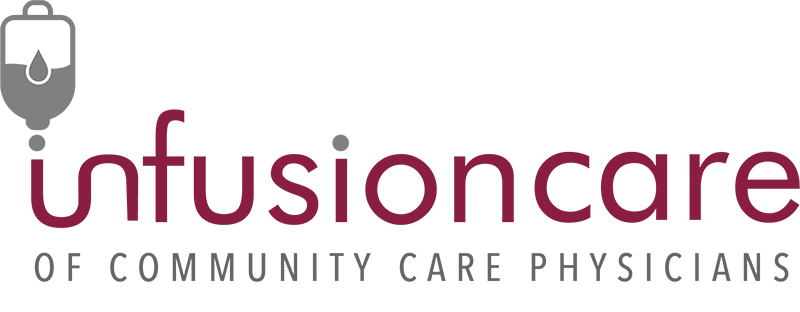
If you’ve read Community Care Physicians rheumatologist Dr. Jessica Chapman’s blog, RheumDoctor, you’ll know that our bones are alive. “Bones, in our bodies, are constantly renewing just like how our skin is constantly turning over. Our body’s ability to constantly build and breakdown bone is what allows us to grow and heal. This normal bone process over time results in our bones to get slightly thicker, however, we reach peak bone density in early adulthood. As we age, we gradually start to lose bone.” Our bones begin to break down faster and, because bone rebuilding cannot keep pace, bones become more porous and weaker, sometimes leading to osteopenia or osteoporosis leading to an increase in fractures.
Osteopenia and osteoporosis are varying degrees of bone loss, as measured by bone mineral density, a marker for how strong a bone is and the risk that it might break. Osteopenia is the presence of weak bones, but not yet osteoporosis. If you think of bone mineral density as a slope, normal would be at the top and osteoporosis at the bottom. Osteopenia, which affects about half of Americans over age 50, would fall somewhere in between.
At times access to medications for osteopenia and osteoporosis can be challenging. The good news is patients diagnosed with osteopenia or osteoporosis have a simple fast track to medications that put a brake on the process. These drugs effectively maintain and improve bone density, decreasing the risk of fracture as a result of osteoporosis.
InfusionCare of Community Care Physicians provides a Fast Track Osteoporosis Infusion Program to help patients access infusible and injectable medications. Available medications include zoledronic acid, ibandronate, Prolia, and Evenity.
Fast Track infusion turnaround time will average anywhere from 7 to 10 days based on insurance, as the office gets authorization and contacts the patient to schedule the appointment once the referral is received.
Download Fast Track Osteoporosis Order Form
The process is simple for both referring providers and patients. Referring practitioners should complete the form with the necessary clinical information for the patient.

